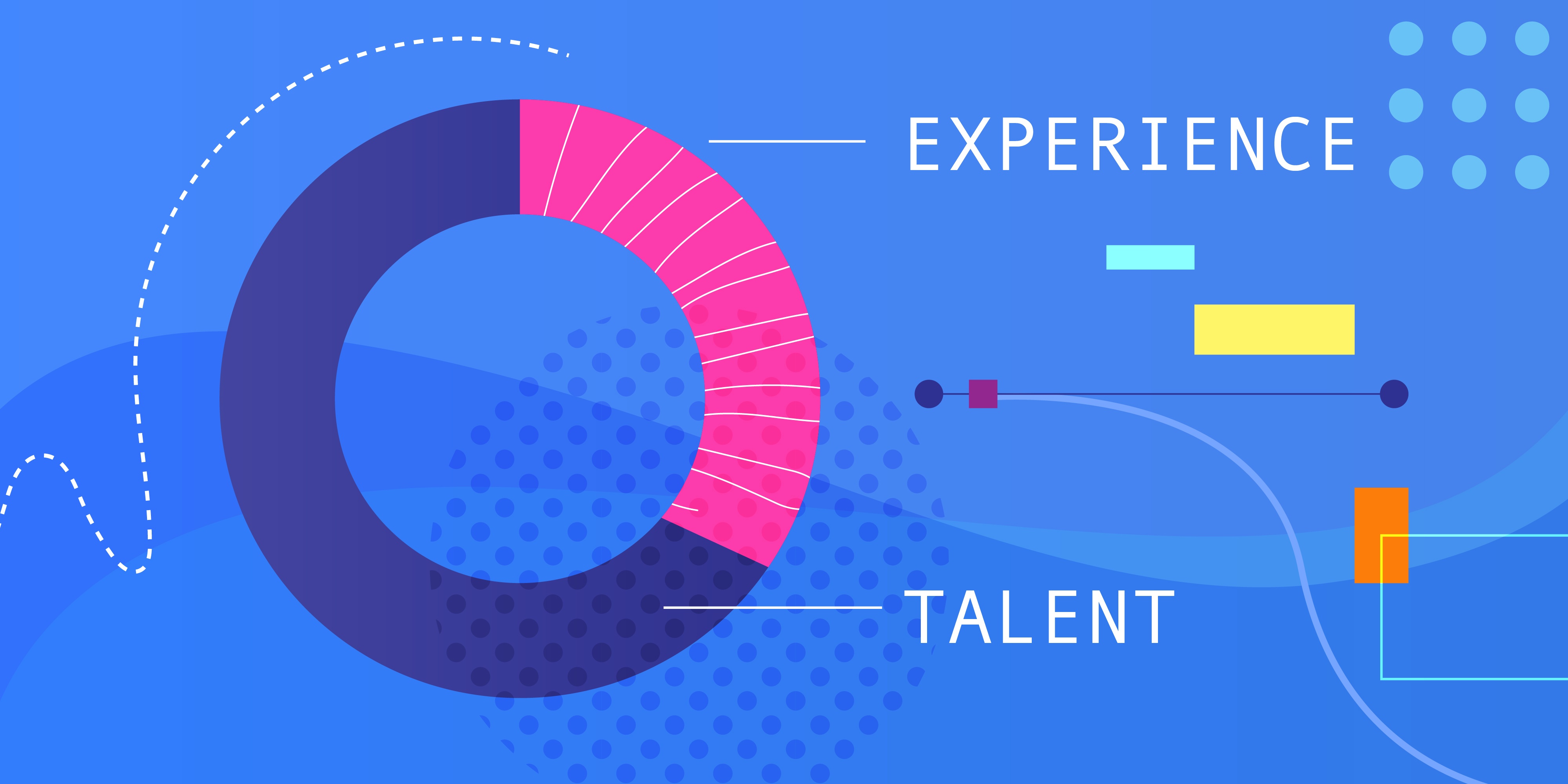In sales and marketing, the sales pipeline refers to the process of moving customers and potential customers through the buyer’s journey from awareness to consideration to decision. At each level of the funnel, salespeople and marketers know that each time a potential customer encounters their brand or interacts with their company, they’re being influenced one way or another towards either becoming a customer or dropping out of the pipeline. As such, smart businesses treat each touchpoint within the funnel as a chance to provide value to customers and give them an experience that causes them to think favorably of the company as a whole.
In recruitment marketing, recruiters and hiring managers should be doing exactly the same thing. Unfortunately, many people don’t see things this way, and the result is that applicant experience isn’t treated as a high priority within recruiting operations. This can have a real adverse effect on your ability to acquire and retain top talent. More than 40 percent of applicants say that a poor experience would keep them from applying for another position at the same company (i.e. they would effectively drop out of the talent pipeline). Another 22 percent said that they would go out of their way to warn others away from the company that provided the poor experience—meaning that not only are they dropping out of your pipeline, they’re also preventing new candidates from entering it.
Landing Pages/Online Applications
Applicant experience, as we saw in the last paragraph, needs to be a priority if you’re going to maintain a healthy talent pipeline. But applicant experience manifests itself in different ways through different stages of your funnel. Towards the top of the funnel, the first test of your applicant experience in the eyes of potential recruits (beyond your employer brand) will come when they either navigate to your careers page or follow a link from a job ad in search of a job application to fill out. As such, this is your first chance to make a good impression. If your job ads link to a confusing, byzantine careers website that makes finding the desired job a difficult task, candidates will consider dropping out of the process then and there. If, once they’ve found the correct application, it’s an overlong, time-consuming series of forms with no option to save your progress and return to it later, still more will decide that’s it not worth their time to complete your online application. Gone are the days when it made sense to have applicants jump through hoops to prove their worthiness!
Conversely, if the top of your application funnel includes an easy to navigate career page, ads that link directly to clean, easy-to-use job landing pages, and an online application that can be completed relatively quickly on a computer (or, better yet, on a mobile phone!) then you can more effectively keep otherwise-interested candidates from dropping out of your process prematurely. In this way, your talent pipeline stays robust, rather than shrinking as a result of poor applicant experience.
Avoiding the ATS “Black Hole”
Once your candidates have sent in their online applications, the next test of your ability to delight applicants and keep them in your applicant funnel is how you follow up. Even now, a shocking number of companies don’t even bother to notify candidates that their applications have been received, let alone tell them what the expected timetable for a potential interview or screening might be. Instead, they're letting applicants feel like their applications have vanished into a black hole. This is especially shocking when you consider how easy it can be to automate exactly this sort of communication. Often, in cases like this, some of the blame lies with your ATS (applicant tracking system). Because modern ATS programs (which also tend to encourage the exact type of long, cumbersome online application we discussed above) tend to prioritize keyword searches, many recruiters simply never see the applications of candidates who don’t utilize the precise keywords that are being searched for.
Especially when you’re dealing with a high volume of applications, it can seem like preventing the “black hole” feeling in candidates isn’t worth the effort. But you could be missing the bigger picture. To wit, it may seem like some of the seemingly-weaker or less obviously qualified (by dint of not having the requisite keywords) candidates who apply for positions at your company aren’t worth engaging with since they’re not going to reach the interview stages of your hiring process. What recruiters in these situations fail to consider is that those same people who don’t fit your criteria now might gain new knowledge or more experience in the future that turns them into ideal job candidates. When they do, they’ll remember how they were treated by the companies they had applied to in the past. If you’re able to improve their applicant experience, even with an authentic-sounding automated e-mail, many of the applicants who aren’t quite ready to meet your requirements will be delighted to move into your recruitment pipeline, where they’ll be more inclined to apply for future openings and where you can nurture them as leads.
Interviews, Follow-up, etc.
Okay, so you’ve kept your ideal hire from dropping out of your process with a simple, straightforward application, and you’ve kept her engaged with a couple of quick e-mails during your review process. What happens next? How do you keep applicants engaged and excited about the prospect of working at your company? For starters, prioritizing openness and transparency during any communication or scheduling is a must. This means being clear and forthcoming about your expectations for the interview, giving candidates sufficient time and resources to prepare to meet those expectations, and giving realistic timetables for when they might hear back about next steps or expect a potential job offer. Within this framework, you can make adjustments as needed based on your candidate personas for things that might appeal to them—but the basic rule to follow is just to use common courtesy and politeness throughout. By doing so, you increase the likelihood that your perfect candidate will accept your job offer, while the runners-up stay interested enough that they would consider applying for future openings. In other words, you create a robust talent pipeline that helps improve time-to-hire, cost-per-hire, and overall recruitment ROI.








